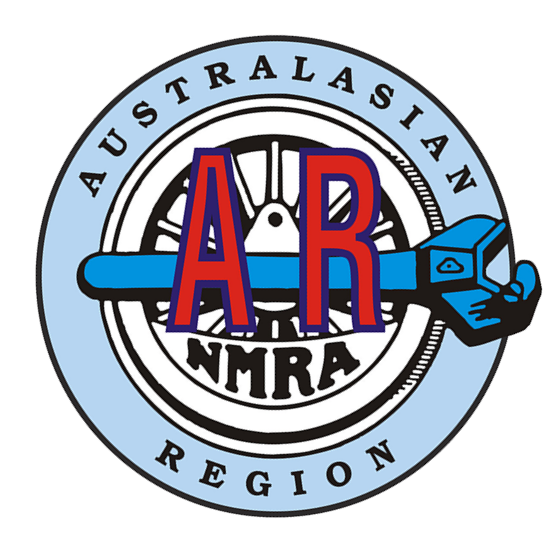HO by Kelly Loyd
Concept
The layout started out as an Atlas track plan, ‘Great Eastern Trunk’. It was a layout I wanted to build for many years. In the beginning, there was no concept of a prototype railroad or even of scenery. I just wanted to run trains, do some switching and have fun.
That all changed in 2004, when I joined the NMRA and discovered that scenery wasn’t so hard and another modeller posed the question, ‘What prototype do you model?’ That got me thinking, what do I model? So I decided to model what I know and that is Kansas City railroading. Since I was a Milwaukee Road employee from 1980 to 1982, I knew exactly what I wanted to model.
The layout turned from the ‘Great Eastern Trunk’ into the Kansas City and Eastern, a freelance based on the Milwaukee Road. Sometime later, I added staging yards to either end of the layout and an extra industrial district for more switching. I then renamed the layout the Kansas City Subdivision, with the Milwaukee Road as the main railroad and the KCS, Santa Fe, Burlington Northern and Frisco as interchange railroads. This allows an interesting mix of motive power and rolling stock, all of which is prototypical!
Operations
The Milwaukee Road Kansas City Subdivision is based on Kansas City railroading in the 1970s to 1980s. Foreign railroad transfer trains originating in the staging yards generate rail traffic. The Milwaukee Road has a small yard at Coburg and this is the hub of operations. Foreign railroads deliver and pick up interchange cars at Coburg. Switching jobs originate and terminate at Coburg Yard. All of the cars in Coburg are either bound for off-line destinations (via different railroads) or on-line industries.
Cars are delivered to their destinations using car cards and waybills. The car card always stays with its car and the waybills can be changed to allow for different destinations. The Coburg Yardmaster decides what to do with each car by examining its waybill. If it is for an off-line industry, he will get a transfer job to pick it up. If it is for an on-line industry (Standard Oil Refinery, Rock Hill Gravel Company, Hillside Lumber Yard, Independence Team Track, Sykes Cold Storage, General Mills, Freight Station), then he will make up a ‘turn’ job to take the cars out to the industries.
Any car standing at an industry location is picked up and returned to the yard. In this way, all cars get switched eventually without any extra paperwork. Once a car reaches the destination shown on the waybill, the waybill is turned over for the next destination. The traffic system runs itself and save a lot of time on paperwork.
Features
One of the main features of the railroad is a fully operational CTC (Centralized Traffic Control) panel, interlocking signals and switches. The Dispatcher has full control over main line traffic and co-ordinates with the Yardmaster in determining what trains need to be run. The Yardmaster is the controller of the Coburg Yard, and this does not appear on the Dispatchers control panel, as he is not concerned with what goes on inside yard limits.
The CTC system was built using 4 SMINI nodes and 9 block detectors from Bruce Chubb MMR. I programmed the system on the computer. There is full logic in the program to provide all of the features of the CTC systems used in the 1970’s. I did not want a ‘modern’ control system, but rather the familiar old 1940’s style Union Switch & Signal CTC panel. For example, a signal cannot be cleared unless the switches are set correctly, and there is no opposing movement and there is no train in the block.
The model railroad is fully designed for operations and a crew size of 5 – 6 people is optimal. We have a Dispatcher, Yardmaster and Train Crews. All of the people running the railroad today are earning points towards their Chief Dispatcher AP certificate.
Structures
The bridge crossing the river is built from scratch using Central Valley girders and Plastruct I-beams. The highway bridge is scratch built from Plastruct I-beams, and electrical conduit for the supports. General Mills, Sykes Cold Storage and the country church are all scratch built structures.
